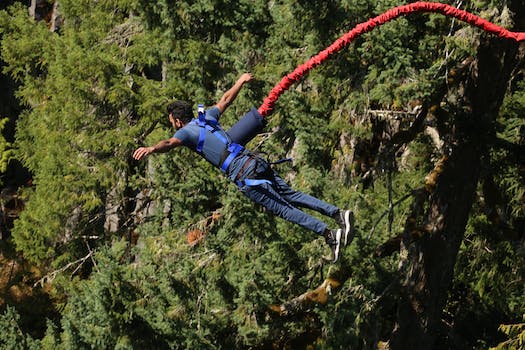Master the Waves: A Beginner’s Guide to Windsurfing
Windsurfing, a thrilling combination of sailing and surfing, has been captivating water sport enthusiasts for decades. Glide across the water, propelled by the wind, and experience the exhilaration of mastering the waves. If you’re looking for a new adventure and have an affinity for the water, windsurfing might just be the perfect sport for you. In this beginner’s guide, we will explore the essential elements of windsurfing and help you embark on an exciting journey into this adrenaline-pumping world.
1. Get the Right Gear:
Before you hit the water, the most crucial step is acquiring the right windsurfing gear. Here’s what you need:
– Windsurfing board: Choose a stable and wide beginner board to provide extra balance and easier maneuverability.
– Sail: Opt for a smaller sail if you’re just starting, as it will be easier to handle in the beginning.
– Mast and boom: These components connect the board to the sail and allow you to control the sail’s position and shape.
2. Learn the Basics:
Once you have your gear, it’s time to learn the basics of windsurfing. Enroll in a beginner’s lesson or seek guidance from an experienced windsurfer friend to familiarize yourself with essential concepts like wind direction, sailing positions, upwind and downwind sailing, and equipment handling. Understanding these fundamentals will set you on the right path and ensure a safe and enjoyable windsurfing experience.
3. Safety First:
As with any water sport, safety should always be a priority. Start practicing in a calm, safe environment such as a lagoon or a sheltered bay. Always wear a properly fitted life jacket, as it will provide buoyancy and give you the confidence to try new maneuvers without fear of sinking. Additionally, using a leash to attach yourself to the board will prevent it from drifting away and make retrieval easier in case of a fall.
4. Master the Art of Balance:
One of the most important skills in windsurfing is maintaining balance and stability on the board. Begin by practicing basic positions such as standing or kneeling on the board and understanding how to distribute your weight. As you progress, experiment with different foot placements and body positions to find your center of balance. Maintaining a low, relaxed stance will help you resist the force of the wind and stay upright.
5. Harnessing the Wind:
Understanding the wind and how to utilize its power is crucial to windsurfing. Start by learning how to sail close to the wind. Imagine a clock face with 12 o’clock being directly upwind and 6 o’clock being straight downwind. Your goal is to sail as close to 12 o’clock as possible to maximize speed and control. Gradually practice turning the sail to catch the wind’s force and propel yourself forward.
6. Perfecting Your Maneuvers:
Once you have a good grip on the basics, it’s time to test your skills and try some maneuvers. Tacks and gybes are two popular turns in windsurfing. A tack is a turn where you steer the board upwind while shifting the sail to the opposite side, maintaining momentum throughout the maneuver. A gybe involves turning the board downwind, moving the sail across the wind in one smooth motion. These maneuvers require practice, so be patient and persistent.
7. Keep Learning and Exploring:
Windsurfing offers endless possibilities for progression and excitement. As you gain confidence and experience, don’t be afraid to challenge yourself with more advanced techniques, such as wave riding or freestyle tricks. Attending advanced lessons or clinics can help you improve your skills and learn from seasoned windsurfers. Take advantage of online resources, forums, and popular windsurfing spots to connect with the community and gain valuable insights.
Remember, windsurfing is not merely a sport but a lifestyle. Embrace the feeling of freedom that comes from riding the waves and let the wind guide you to new adventures. With determination, practice, and a passion for the water, you will soon master the waves and become one with the wind. So grab your gear, hit the water, and let your windsurfing journey begin!
![]()







